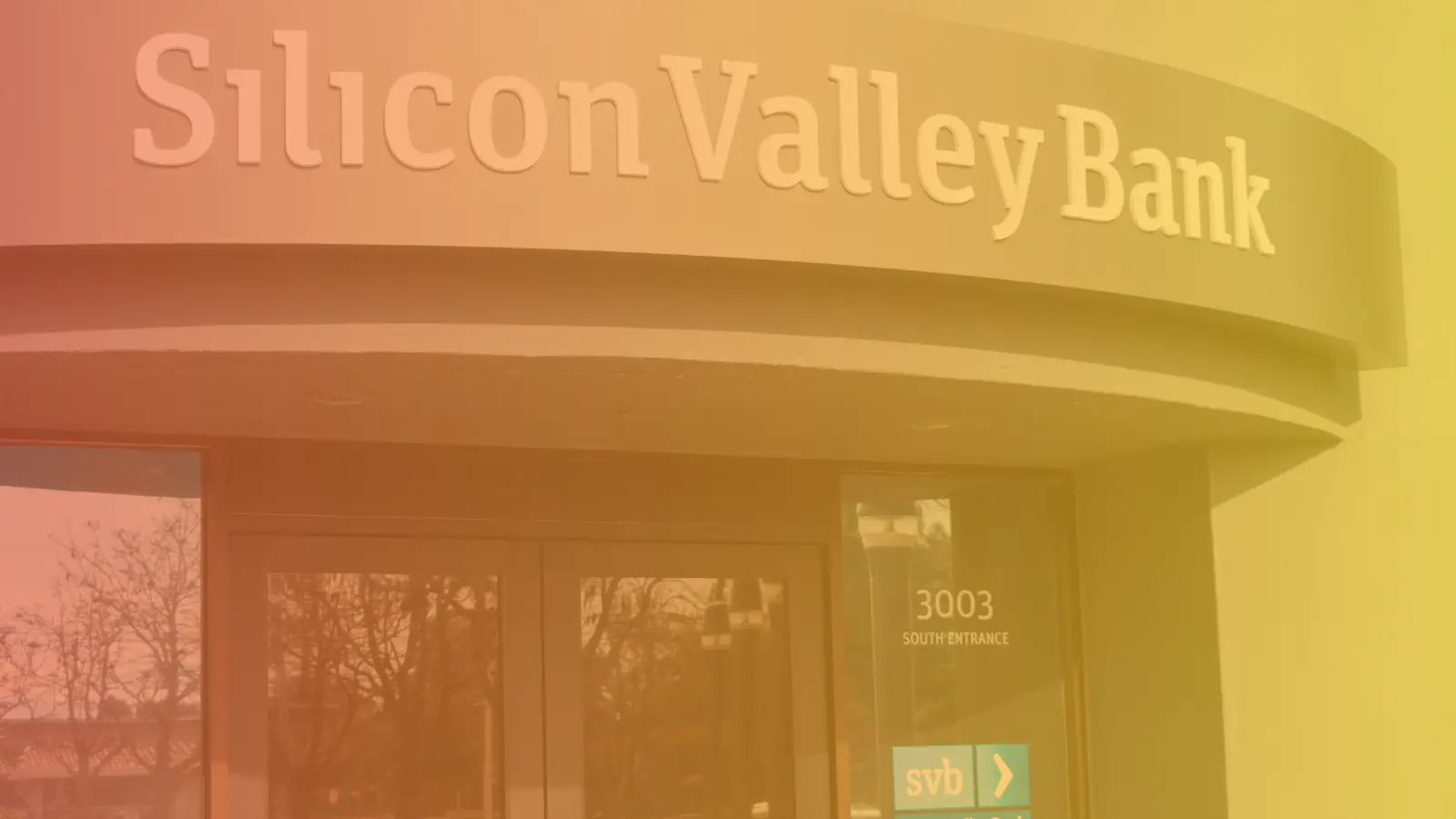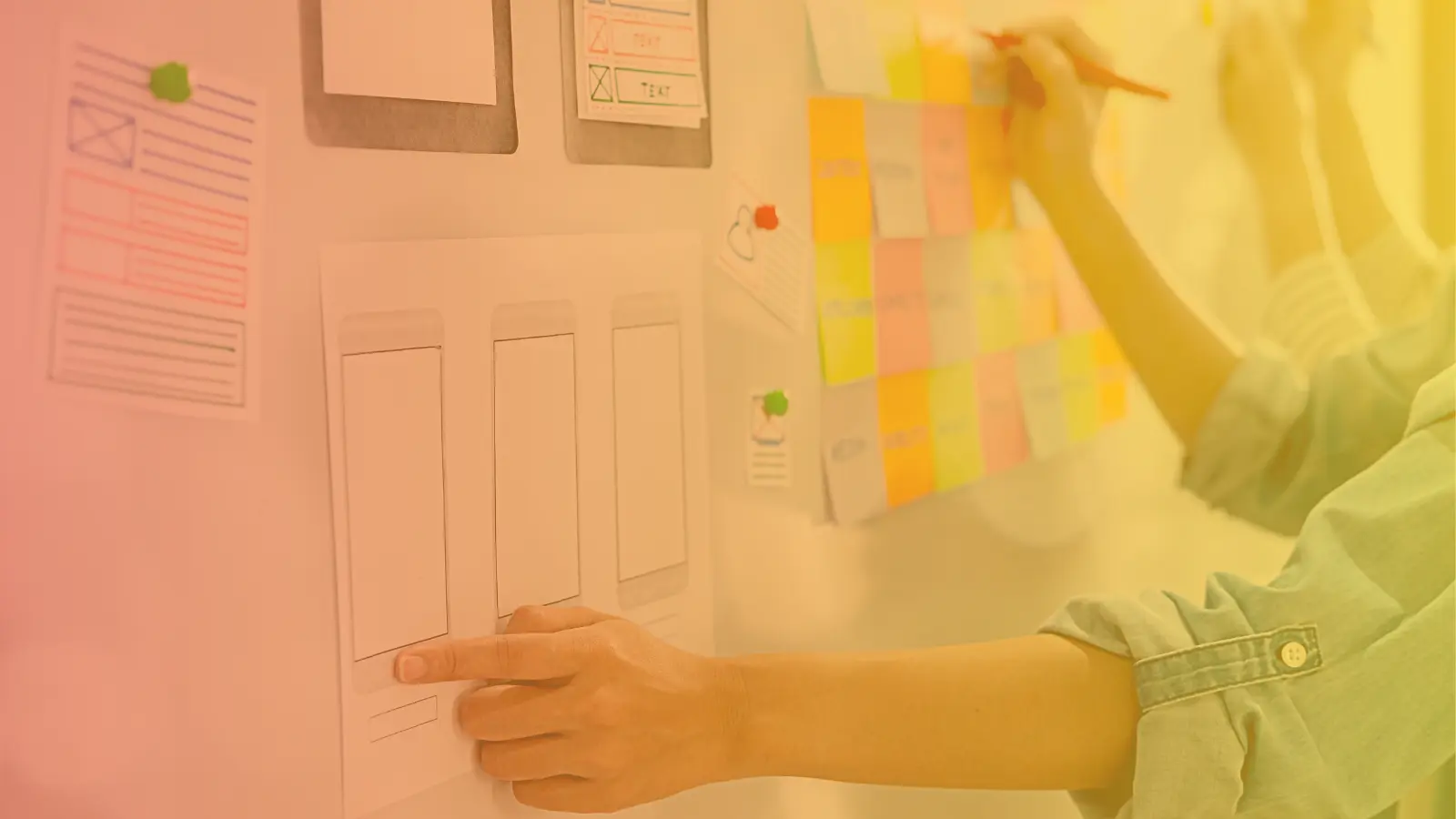Background
Linda Woods, UtilityCo’s CEO, is backstage before her speech at the Electric Program Investment Charge (EPIC) Symposium. The conference, hosted in collaboration with The California Energy Commission (CEC), brings together an audience of peers from other regulated utilities, independent power producers, and ratepayer advocates.
Under continued scrutiny for its role in California’s growing wildfire crisis, UtilityCo must go far beyond its core mission of providing safe, reliable, affordable, and clean energy to its customers. Today Ms. Woods will reemphasize UtilityCo’s commitment to a triple-bottom-line (3BL) including performance, people, and the planet.
Flipping through her slides one last time, she confidently states UtilityCo’s goal, is “to implement the latest technology and policy innovations that can enable the state to expand the use of renewable energy.” However, she’s caught off guard by a comment attached to the bullet saying, “expanding the use of renewable energy requires fundamental changes in user behavior.”
Frustrated by the last-minute seemingly nuanced comment, the CEO does not find the connection between the end user’s behavior and UtilityCo achieving her strategic 3BL goals. Especially with a staid audience of utility executives.
In her opinion, state policy should be guiding these policies, not UtilityCo. But she cannot ignore the comment. Something is urging her to check the appendix where she watches the video of an ethnographic observation study by your team.
The Challenge
Felipe Lopez sits in afternoon traffic on the Bay Bridge. Although it’s early June, a Spare the Air Day is in effect. He knows using public transportation would be the “greener” option; however, there is no direct service between his home in Antioch and the construction site in South San Francisco. As a result, he endures hours of commuting each day with gas near $7 per gallon.
To pass the time in traffic, he’s listening to the Warriors’ playoff game on the radio. During a break in the action, he hears a commercial from UtilityCo encouraging him to shift his electricity usage away from the peak “5 to 9 PM window,” which is more expensive.
“I work hard,” he says, justifying his feelings. “After a long, hot day of work, I want to turn on the AC and watch the end of this game! Why should I have to pay more to do that?!”
During his musing, he misses the voiceover explaining that 5-9 PM is when renewable energy production drops off and consumer demand increases, putting added strain on the electrical grid and increasing the use of fossil fuels, like natural gas, to cover the supply shortfall. This mismatch tells Ms. Woods that reaching the 3BL strategy will be difficult, if not impossible if ratepayers don’t see a direct benefit.
The Reality
You and your team of design thinkers are hired by UtilityCo to “help us embrace innovation and achieve our 3BL strategy, faster.” However, even with a top-down executive mandate, innovation is not easy.
One senior-level executive shares their opinion with your team during an interview, “climate change is a great goal and we’re working towards it; however, as a publicly-traded company, we have financial performance metrics to meet, too.”
In an interview with a fifteen-year company veteran, you hear, “UtilityCo is a regulated monopoly, so we have to appreciate the political influences on our business. Governor Brown increased the renewable portfolio standard (RPS) and we increased renewable generation. Then the wildfires hit and Governor Newsom emphasized the safety of transmission lines. All the while encouraging ‘time of use’ among consumers. These three objectives are all important; however, it makes the articulation and pursuit of a single ‘north star’, like climate change more difficult.”
Your team’s ears perk up when you hear the elements of a wicked problem and you say to each other, “there must be a better way!” Inspired by the United Nations’ Sustainable Development Goal (SDG) number 7, Affordable and Clean Energy, you ask your team, “Why can’t UtilityCo be a carrot, rather than a stick, in leading individuals to engage in sustainable energy behaviors?”
Design thinking seeks to balance the top-down mandate of CEOs, i.e., “be more innovative,” with the bottom-up realities of the users’ lived experience.
In this case, the CEO has made bold, public statements about UtilityCo’s commitment to sustainability, but what is in it for UtilityCo?
- Increased profits
- Meeting political ends
- Environmental benefits
However, your team’s conversations with individual ratepayers, such as Felipe, uncovered:
- An overwhelming belief is that it is essential to “do something” about climate change.
- Yale Program on Climate Change Communication’s national survey shows that seventy-seven percent (77%) of the population support funding research into renewable energy sources.
- Globally, more than half of respondents are concerned that their overall spending power to be significantly impacted by further energy price increases.
- According to an Ipsos poll in March 2022 for the World Economic Forum.
The Opportunity
Before diving in to address the client’s mandate, you remind your team:
“Often, we find companies and stakeholders (consumers, other businesses, and governments) share the same desired outcomes, only for these initiatives to stagnate because of misaligned expectations and skepticism. We believe that the shared mindset and common process of design thinking is the best way to address these “wicked problems” and achieve synergy.
Top-down, hypothesis-driven implementation of innovations often starts with feasibility. Picture a homogeneous team of executives and consultants, locked in a conference room, designing a strategy. There is the risk of this “inside-out,” process creating solutions for the executives’ reality, which is not always inclusive of the majority of users’ lived experiences.
By contrast, design thinking employs a bottom-up process rooted in curiosity and empathy that incorporates users’ pains, gains, and jobs to be done before designing the solution. This “outside-in” alignment creates human-centered solutions that lower the cost and risk of new, innovative ideas and increase the probability of success.”
You draw a Venn Diagram on the whiteboard, one circle representing UtilityCo and the other highlighting ratepayers like Felipe. Knowing there are overlapping aspirations, which are muddled by misaligned incentives or skepticism, turn to your team and ask,
“For lower-to-middle income ratepayers, who feel like they are sacrificing money and happiness when presented with sustainability measures, there must be a better way to connect them with the intangible benefits of sustainability.”
Beginning Desk Research
Back at the office, your analyst has gathered secondary (desk) research to launch the project:



